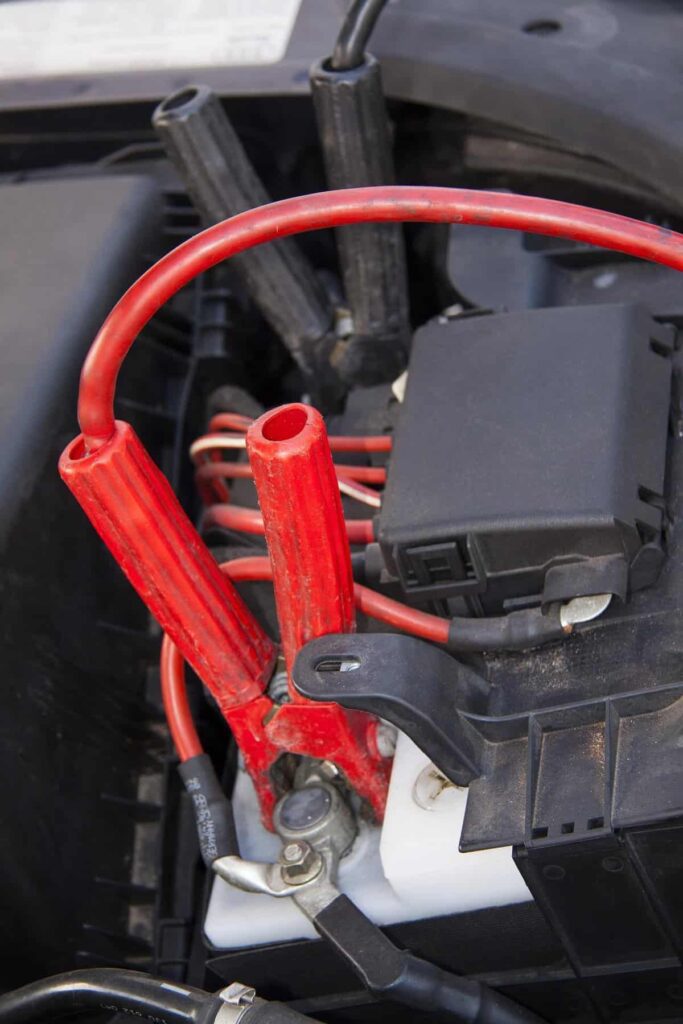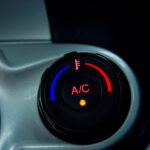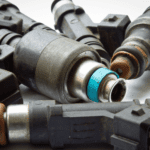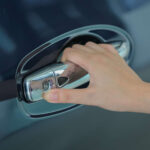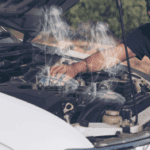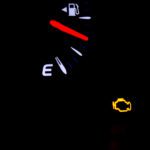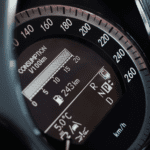Jump-starting a car battery is an effective solution in most cases. However, if you encounter difficulties while trying to jump-start your car, you might wonder whether a car battery can be too dead to jump-start.
The answer is no a car battery can never be too dead to jump-start.
However, some instances will explain why you cannot jump-start a dead battery. The obvious answer is that the problem isn’t battery-related; the other is that the car battery capacity or jump pack you use isn’t powerful enough, which this article covers in more detail.
Why Won’t My Car Jump Start?
First, the most obvious reason your car won’t jump start and the one that catches people is if you have a vehicle with a large battery, like a Range Rover that is dead, it will have a 100 amp+ battery. Now, if you try to jump-start a Range Rover from another smaller vehicle like a Ford Fiesta with only a 55-amp battery, you can see the power deficit. A fiesta-sized battery only has enough cranking power to turn over that sized engine.
You can still get it to work by revving the engine to 1500 rpm and keeping the jump cables connected so more amps produced by the alternator (electrical units) are transferred to the dead battery in the Range Rover.
For the same reason, this also applies to the size of the jump pack, although most are several times more amps than a typical car battery.
Other Reasons Your Car Won’t Jump Start
The other reasons the car won’t start are because it is not the battery at fault, and the fault lies elsewhere. Here are the reasons I often find:
- Faulty jump start cables – Most battery jump starter cables have an insulation coating, so it is difficult to see what’s happening inside the cable; unless the coating is split, you won’t be able to tell if the copper cabling inside is broken. The other thing to bear in mind is the size of the jump starter cables determines the current they can carry and, thus, the size of the battery they can start.
- Faulty starter motor – The starter motor internals could have failed. If the internals are jammed, the starter motor cannot turn the crank over to start the engine. This is usually evident as a clicking sound when turning the key. You can sometimes tap the starter motor with a hammer to free it off, and the car will then start, with or without jump cables attached.
- Fuelling issue – Without fuel, an engine will not run; the issue can be traced to an inoperable fuel pump, blocked fuel line, or injector problems. It’s also always worth double-checking that there is fuel in the gas tank; this catches out many people!
- Bad battery terminals – If the battery terminals are corroded or broken, they won’t make a good connection, which can prevent the electrical current from moving from the battery to the starter motor. To ensure that electrical current flows smoothly between components, it’s important to have a good connection starting with the battery terminals.
- No engine spark – No spark can usually be traced back to a faulty coil pack or related components; without a spark, there is nothing to ignite the fuel-air mixture. Thus, the car won’t start or jump start.
- Alarm issue – Immobilizers or alarms often work by stopping fuel from getting to the engine, preventing it from starting. The engine will still crank over but won’t fire. With a faulty alarm or immobilizer, no amount of jump-starting will get the car going. Often, it’s just the immobilizer needs to be disabled in whatever procedure is required, and that was just forgotten about in the panic of not being able to get the car jump started.
How Long Should It Take to Jump Start a Car?
Jump starting a car should only take about 5 minutes; however, if the battery is completely dead, you can leave the car connected to a running vehicle via starter cables for a few minutes. This means the running car’s alternator will generate some electrical charge passed over to the dead battery.
In icy weather conditions, you may need to leave the jump cables connected for up to 30 minutes to aid in jump-starting the dead battery. The only downside is that it will ruin the running car battery if it is weak by keeping it connected for too long.
What Should You Do if Jump Starting a Car Won’t Work?
If your car doesn’t jump start from a battery pack or another vehicle, you should try ‘bump’ starting the car, but only if it is a manual transmission.
Bump starting involves another person pushing the car along as fast as possible. When you build enough speed, rapidly releasing the clutch with the car in 1st gear will bump start the engine into life. This works quite well if you have a dead battery that won’t start because it relies on mechanical power turning the crank to start the car and not electrical.
You cannot bump start an automatic transmission car. If jump-starting does not work, you must phone a vehicle recovery company to aid in starting the car or towing it to a mechanic for inspection. In an automatic, it is as simple as a faulty neutral safety switch; if so, the car will not jump-start.
Frequently Asked Questions
Can You Jump Start A Car In The Rain?
Yes, there is no problem with jump-starting the car in the rain.
Is It Safe To Jump Start A Car Battery?
The only time jump-starting a car is unsafe is if you try to jump-start a hybrid-engine or electric vehicle. A hybrid-engine/electric car has more than one battery; they use incredibly high voltages, so it’s best left to roadside recovery to sort. The other thing is being careful not to touch the positive and negative ends of the jump cables together while they are connected to a battery. Other than that, jump-starting a car is perfectly safe.
Can A Car Battery Freeze Preventing It From Jump Starting?
Yes, batteries can freeze; distilled water is inside a battery. Although it won’t happen if the battery is in good condition, a fully charged battery will freeze at -70 degrees Fahrenheit. Only a weak battery with no charge will freeze at around -10 degrees Fahrenheit. You can’t tell from the outside of a battery that it’s frozen, but it should be thawed out before jump-starting.
Why Do You Ground The Negative Cable When Jumping A Car?
You connect the negative cable to the ground/earth to eliminate the chance of any sparks being produced, which can ignite the hydrogen gases released from a dead battery.
Do You Attach Red Or Black First When Jumping A Car?
You attach the cables in the order of red first, which is the positive cable to the + battery terminal, and then the black last, which is the negative cable to the chassis or ground. You remove the cables in reverse order, so black (negative) is off first, and red (positive) is last.
Final Thoughts
A car battery will never be so dead it will not jump start. If you have trouble trying to jump-start your car, leave the car connected via starter cables to another running vehicle for up to 30 minutes. Then try starting the car again. If that fails, you may find the issue is not a dead battery or a different fault, which I’ve covered in this article. If you still can’t see the fault, call a mechanic to help with the issue.
